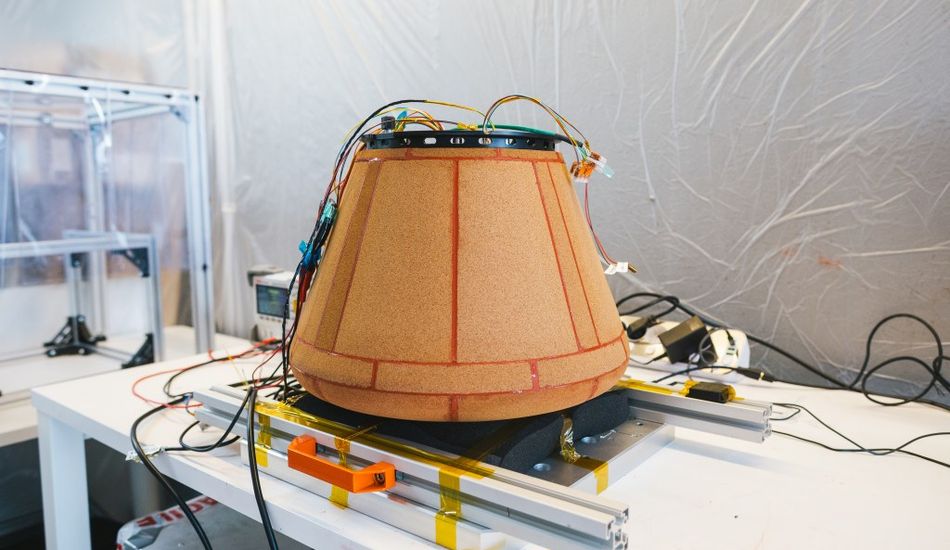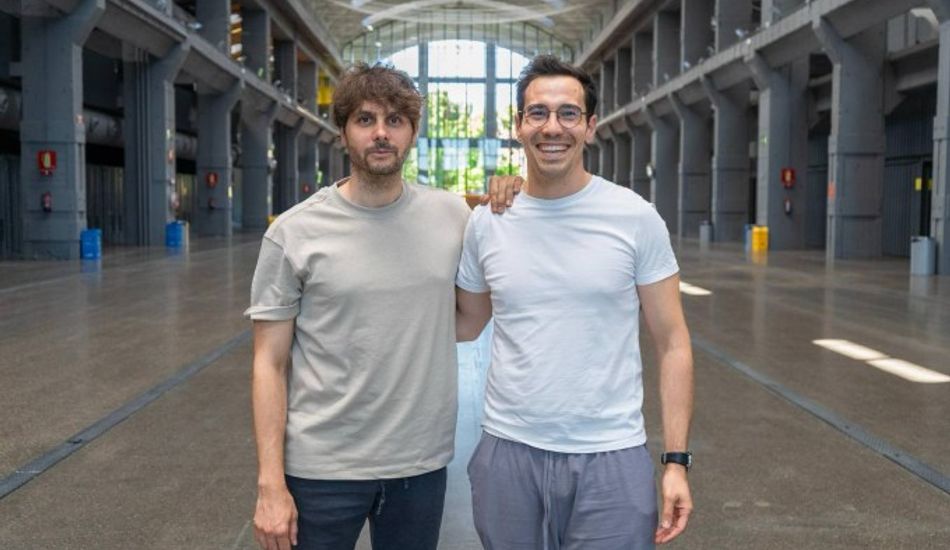
Orbital Paradigm: Building a Cheaper Path to Space Re-entry
After two decades immersed in Europe's aerospace sector, Francesco Cacciatore took a leap of faith, founding Orbital Paradigm. His motivation? A desire to build something tangible, a solution to one of aerospace's toughest challenges: re-entry. With co-founder Víctor Gómez García, they're focused on building a re-entry capsule, opening doors for new materials crafted in zero gravity. It's a bold move, and I find their ambition quite inspiring.
Imagine this: a team of just nine people, fueled by less than €1 million, constructing a test capsule named KID. This tiny spacecraft, weighing around 25 kilograms, is a stepping stone towards their future reusable space capsule, Kestrel. It's fascinating how they're managing to do so much with so little. It seems like they are on the right path!
Their first demonstration mission already has some interesting customers, including France's Alatyr and Germany's Leibniz University Hannover. So far, Orbital Paradigm has secured €1.5 million in seed funding, which, in the space industry, is a relatively small amount. But constraints can breed innovation, and I think this can be the case.
Initially, they considered in-space robotics. However, potential clients kept emphasizing their need for repeated orbital trips with returns. Cacciatore noted that many institutions and companies would like to fly between 3 and 6 times a year. I totally understand them! In my opinion, the opportunity is huge!
Instead of building something massive like SpaceX's Dragon, Orbital Paradigm opted for a smaller capsule. This approach lets them focus on the payload itself rather than the destination. It’s all about efficiency and catering to a specific need, which is smart, in my opinion.
The orbital return market is getting more crowded, with companies like Varda Space Industries already achieving commercial re-entries. While American startups benefit from government funding for hypersonic testing, Orbital Paradigm has to be more resourceful, building to sell from the start. This scrappiness could be their secret weapon. For example, they are building their solution to real customer demands!
Their first launch is scheduled in roughly three months with a launch provider which was not disclosed. KID will transmit data and endure re-entry, aiming to ping home before splashing down in an undisclosed location. I think it's all about testing. We have to wait and see how it goes. I'm very curious!
The second mission, planned for 2026, will feature a scaled-down Kestrel, complete with propulsion and a parachute. They'll be aiming for the Azores, where Portugal is developing a spaceport. I think these small steps are going to get them to their goal.
Cacciatore is proud of his team's accomplishments, but he remains grounded. "Until we fly, we haven’t done much," he said. And it's so true. In the end, it all comes down to execution.
1 Image of Space Re-entry:


Source: TechCrunch